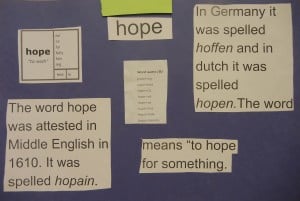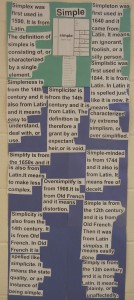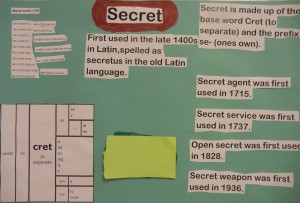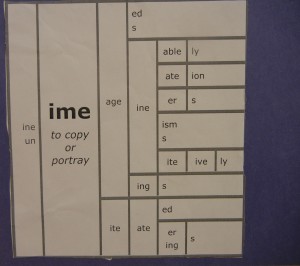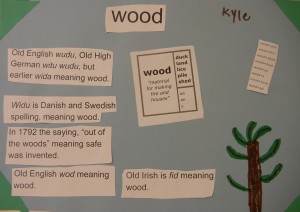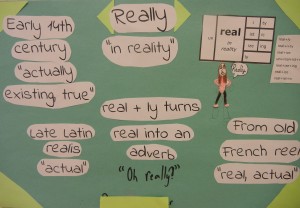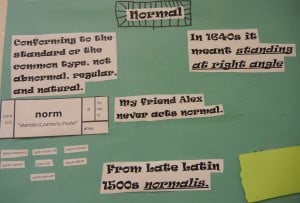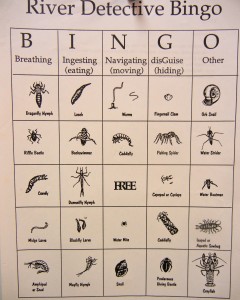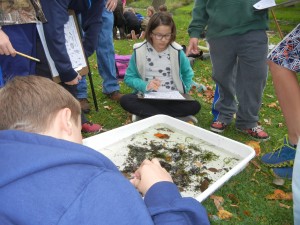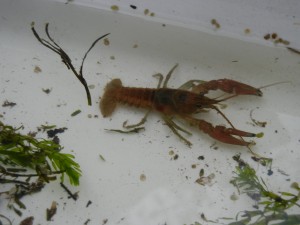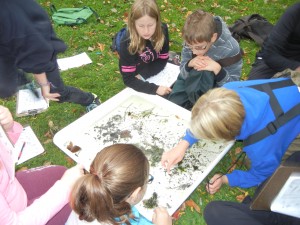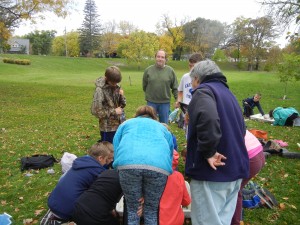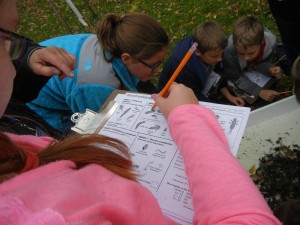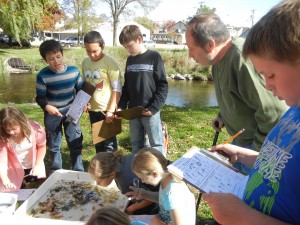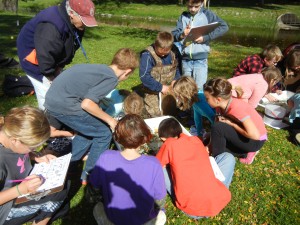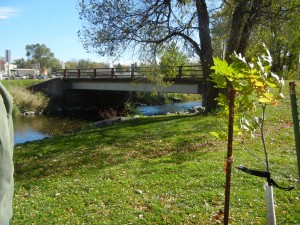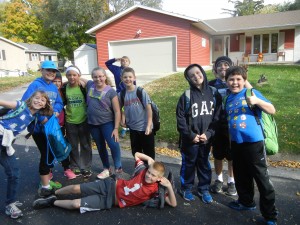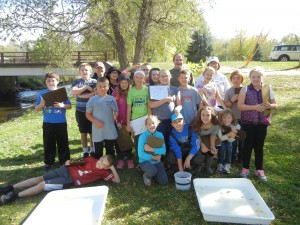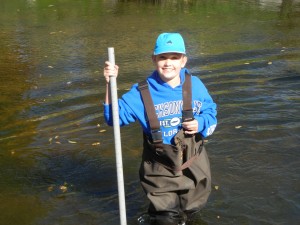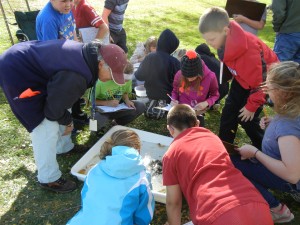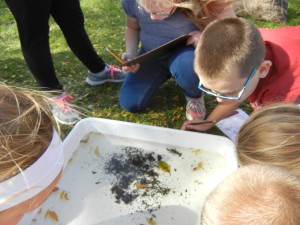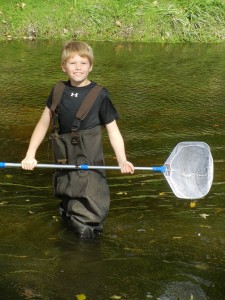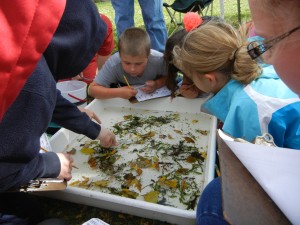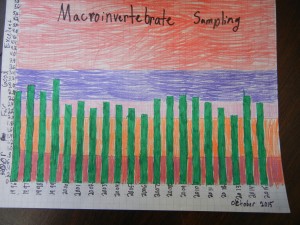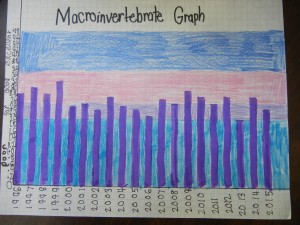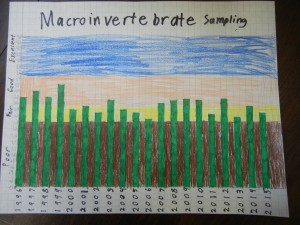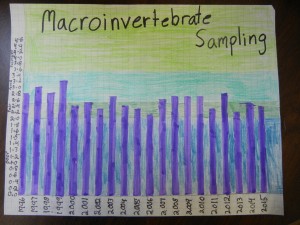I love parent/teacher conferences. There. I’ve said it. Yes, there is a lot of preparation on my part. Typically I spend 11 hours at school each day leading up to the big night . Yes, it is one very long work day (14 hours). But, the fact remains that I still love them. And I look forward to them.
First off, I get to look into the faces of each child’s parents/guardians and let them know that I see in their child the sweet wonderful brilliance they were hoping I would see. Years ago, a student of mine wrote out a Marva Collins quote on a sheet of construction paper. “There is a brilliant child locked inside every student.” I have kept it up on the wall in the front of the room ever since. I love the fact that it is on construction paper, and I love the fact that it is in a child’s handwriting. For many of the children who have sat in chairs before me, that lock has been fairly easy to pick. But for some, their behaviors have presented quite a smoke screen, obscuring that brilliance! Every child needs to know I see through to that brilliance. Parents need to know it too.
Secondly, I get to explain what the students are learning about words! I know it’s not the only subject I teach, but in my mind it is the one that illuminates all others. I explain that in the first trimester, my main focus is to show the students that words have structure. By that I mean that words are made up of bases and affixes. To further explain, I share my own childhood experience of learning that a root word (commonly misused name – correct name is base) could have a prefix and/or a suffix. I compare that with my recent discovery (since I began learning about Structured Word Inquiry), that in fact a word can have more than one suffix. Wham! The spelling of so many words makes so much more sense to me!
The seemingly complicated word <antidisestablishmentarianism> suddenly becomes a less complicated word with three prefixes, six suffixes and a rather short two letter base. If I’ve peaked your interest, the base is <st> from the Latin root stare meaning to stand. The three prefixes <anti->, <dis->, and <e->(a clip of <ex->) help us see the meaning of this word as to stand against, away from or out of the norm. And once a person is familiar with all of the affixes used, spelling this word will be no problem. The suffixes <-able>, <-ish>, <-ment>, <-ar>, <-ian>, and <-ism> can individually be found in a lot of familiar words. The final suffix in the word tells us that this word is a noun. I love talking about this word because it illustrates beautifully the reason for learning morphemes (the smallest unit in a word that still holds meaning) rather than the endless hours students spend learning syllables (no meaning and a no letter consistency from word to word) to help with spelling.
We also had a hallway of word work to share! In the last few weeks, I have had the students each choose a word to research. In doing so, they have become familiar with some great resources. The first thing they discovered is that dictionaries are not all alike. Finding a dictionary that you like, trust and can understand is important. This project also gave the students great practice at reading the entries at Etymonline and understanding that words weren’t all created at the same moment nor in the same language.
Some really enjoyed noticing the journey their word experienced on its way to becoming a Present Day English word.
Some found fun facts about when their word began acquiring alternative meanings.
Everyone enjoyed making word sums and creating fascinating looking matrices.
Once the word sums were typed in, there was this anticipation and glow of pride as the ‘update’ button was pressed and the matrix was revealed. Absolutely everyone found out that words have stories!

